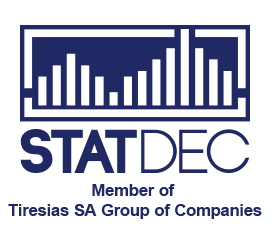Risk Based Pricing for Insurance Companies
Support of insurance companies in accurate and efficient estimation of claims probability, accompanied with severity modelling.
An holistic understanding and measurement of risk is sought and for this consultation can take place in the design of the data capturing process, data cleaning and mining, correspondence to other internal and external data sources and set up of a validation framework.
Fraud Modelling
Verification for fraud in the insurance sector can be a resource intense task. Modelling can be introduced to generate fraud probabilities and rank risk based on importance for manual verification.
The benefits are clear:
-
Efficient resource allocation. Especially important when volumes of claims increase
-
Reduction of handling costs
-
Lower premiums because insurers can reduce the cost of covering for fraud
-
Data driven decisions and monitoring of events
-
Managing and monitoring performance, as verification resources can be evaluated vs. model estimations
-
Eligible for champion:challenger approaches and constant improvement of processes
Solvency II & Regulatory Framework
Solvency II recognizes and expects that approved models for capital requirements are used for business decisions
Estimate of technical provisions should take place based on best estimate of future cashflows, with appropriate homogenous pools formulation
Robust risk models used for pricing can be used:
-
To provide Best Estimate of liabilities for formulation of technical provisions
-
As part of a forecasting liabilities analysis from future business within the following 12 months under the SCR framework
-
As part of the methodology of the unexpected loss analysis
Having provided support to banking institutions on methodology design, risk components estimation, validation framework design and risk pools optimization for the equivalent Basel II framework, our professionals are well experienced to support insurance companies to meet the challenge of Solvency II.

